I have a very common problem I am trying to solve using graph queries (sql server 2017).
- I want to build a query and find how anyone in the nodes is connected to
C. - I want to build a query and find how anyone in the nodes is connected to
C(with 1 or 2 connections).
here is the full script to create this graph:
DROP TABLE IF EXISTS Person;
CREATE TABLE Person (userName VARCHAR(100) PRIMARY KEY) AS NODE;
INSERT INTO Person (userName) VALUES ('A'),('B'),('C'),('D'),('E'),('F');
DROP TABLE IF EXISTS Follow;
CREATE TABLE Follow AS EDGE;
INSERT INTO Follow ($from_id, $to_id) VALUES (
(SELECT $node_id FROM dbo.Person WHERE userName = 'A'),
(SELECT $node_id FROM dbo.Person WHERE userName = 'E')),
((SELECT $node_id FROM dbo.Person WHERE userName = 'E'),
(SELECT $node_id FROM dbo.Person WHERE userName = 'C')),
((SELECT $node_id FROM dbo.Person WHERE userName = 'C'),
(SELECT $node_id FROM dbo.Person WHERE userName = 'A')),
((SELECT $node_id FROM dbo.Person WHERE userName = 'A'),
(SELECT $node_id FROM dbo.Person WHERE userName = 'F')),
((SELECT $node_id FROM dbo.Person WHERE userName = 'F'),
(SELECT $node_id FROM dbo.Person WHERE userName = 'B')),
((SELECT $node_id FROM dbo.Person WHERE userName = 'B'),
(SELECT $node_id FROM dbo.Person WHERE userName = 'F')),
((SELECT $node_id FROM dbo.Person WHERE userName = 'B'),
(SELECT $node_id FROM dbo.Person WHERE userName = 'E')),
((SELECT $node_id FROM dbo.Person WHERE userName = 'E'),
(SELECT $node_id FROM dbo.Person WHERE userName = 'B'));
this query is not working since it is giving me only the direct relation:
SELECT Person1.userName as userName1, Person2.userName as userName2
FROM Person as Person1, Follow, Person as Person2
WHERE MATCH(Person1-(Follow)->Person2)
AND Person2.userName = 'C'
